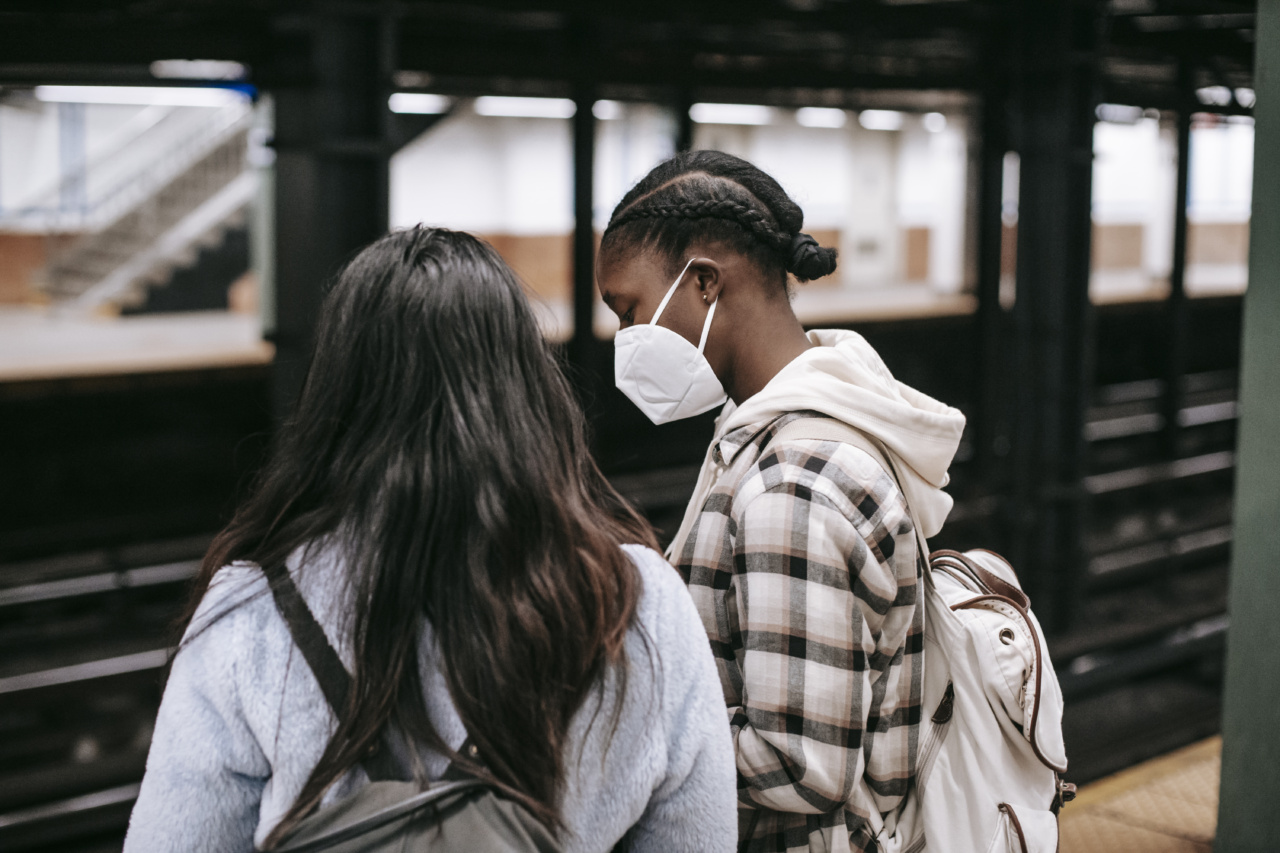For years, tuberculosis (TB) was one of the leading causes of death worldwide. Thanks to medical advancements and better public health measures, the TB epidemic was largely brought under control in developed countries.
However, in recent years, there has been a worrying resurgence of TB cases, often in areas of poverty and poor sanitation. In 2019, the World Health Organization (WHO) declared TB as the top infectious disease killer, with 10 million people affected and 1.4 million lives lost.
The Causes of the TB Epidemic
So why is the TB epidemic resurging? There are several factors contributing to the spread of TB:.
Poverty and Poor Sanitation:
TB is often associated with poverty, as it flourishes in areas with poor sanitation, overcrowding, and malnutrition. Inadequate access to healthcare and medicine also contributes to the problem.
In many developing countries, TB is a major public health challenge.
Drug-Resistant Strains:
One of the most significant challenges in controlling the TB epidemic is drug-resistant strains. When TB is treated with the wrong drugs or not taken properly, it can evolve into drug-resistant forms that are much harder to treat.
Some strains are resistant to multiple drugs, making them virtually untreatable. This is a particular problem in impoverished areas where people have limited access to healthcare and are more likely to receive inadequate or inappropriate treatment.
Migration and Travel:
TB is highly contagious and can spread easily through the air when an infected person coughs or sneezes. This makes it a particular concern for travelers and migrants who may be unknowingly carrying the disease.
In many cases, TB is spread across borders due to travel and migration patterns.
The Symptoms of TB
TB is caused by a bacterium called Mycobacterium tuberculosis. It primarily affects the lungs, but can also affect other parts of the body, such as the kidneys, spine, and brain. TB infection can either be active or latent.
Latent TB means the bacteria are present in the body but are not causing symptoms or spreading to others. Active TB means the bacteria have multiplied and are causing symptoms and potentially spreading to others.
The symptoms of TB can vary depending on whether it is active or latent and which part of the body is affected. Common symptoms of pulmonary TB (TB that affects the lungs) can include:.
- Coughing that lasts three weeks or longer
- Chest pain
- Coughing up blood or sputum (phlegm)
- Fever, fatigue, and weight loss
- Swollen lymph nodes, particularly in the neck and armpits
Treatments for TB
The good news is that TB can be treated and cured with a combination of antibiotics and other medications. Traditionally, a six-month course of four antibiotics was recommended.
However, in recent years, there have been new drug regimens and shorter treatment courses that are more effective and have fewer side effects.
Unfortunately, the rise of drug-resistant TB has made treatment much more challenging. It is critical to use the correct drugs and to ensure that patients complete the full course of treatment.
Incomplete treatment can lead to drug-resistant strains and increase the risk of transmission to others.
Preventing the Spread of TB
The best way to prevent the spread of TB is to identify and treat cases as early as possible. This involves regular screening for TB in high-risk populations, such as those living in poverty and with compromised immune systems.
Other strategies for preventing the spread of TB include:.
Infection Control:
Proper ventilation, isolation of infected individuals, and wearing face masks can all help prevent the spread of TB in healthcare and community settings.
Vaccination:
The Bacille Calmette-Guérin (BCG) vaccine can provide some protection against TB, but is not 100% effective and does not protect against all strains of the disease.
The Importance of Global Health Initiatives
Controlling the TB epidemic requires a multifaceted approach that includes improving living conditions, providing better access to healthcare and drugs, and tackling the root causes of poverty.
Global health initiatives, such as those led by WHO, are crucial in addressing the problem. The WHO’s End TB Strategy aims to reduce the global TB burden by 90% by 2035 through a comprehensive approach that includes prevention, diagnosis, treatment, and research.
Conclusion: Tackling the TB Epidemic
The resurgent TB epidemic is a complex issue that requires a coordinated effort from governments, healthcare providers, and global health organizations.
Fortunately, there are effective treatments available and proven strategies for preventing the spread of the disease. By increasing awareness of the problem and investing in public health initiatives, we can work towards improving the lives of millions of people affected by TB worldwide.































